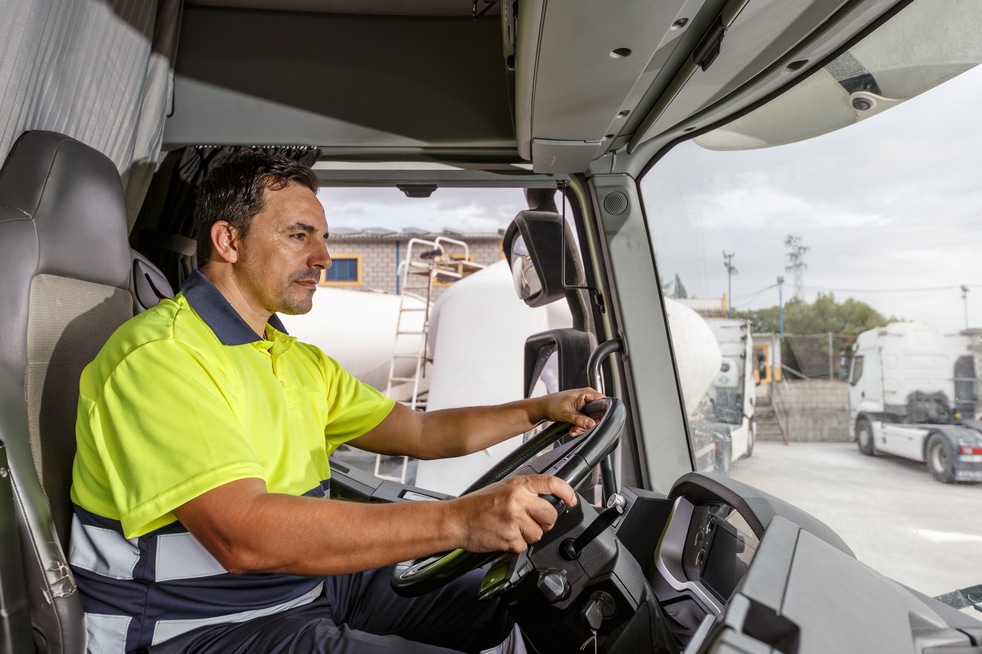Dangerous and even fatal crashes on Aurora Avenue North in Seattle are far too common. The road is usually at the top of the list of roads with the highest number of crashes in the city.
We are a personal injury law firm, not engineers or city planners—but we have seen too many cases, and taken too many consultation calls from people who have been injured on this roadway.
Why are there so many crashes on Aurora Avenue?
Here are three separate—but connected—reasons that we have learned from our cases, and from the safety advocates working to improve Seattle.
People drive too fast
There are two parts to this: the speed limit, and the speeds at which people actually drive.
The default Seattle speed limit is 25 mph. On most of Aurora Avenue N, the speed limit has been 40 mph. Some sections of Aurora are posted at 30, some at 35 mph.
The Seattle Department of Transportation (SDOT) has started to lower speed limits on residential and arterial roads. But Aurora Ave, as part of a state highway, is a little bit different.
To change the speed limit on a state highway that runs through Seattle, SDOT has to go through the state. The process of lowering the speed limit has been ongoing.
In partnership with WSDOT, we are lowering speed limits on portions of state routes that look and feel like normal city streets.
We installed lower speed limit signs on State Route 99/Aurora Ave N on March 30 (2021).
– SDOT Blog
The speed limit is one thing. The speed people actually drive is another.
The Seattle Bike Blog looked at an SDOT speed study in 2020 at Aurora Ave and N 112th street, where the posted speed limit is 35 mph, and noted the following.
- 92% of drivers were speeding.
- 66% of them were driving at least 40 mph.
- 25% were driving at least 45 mph.
The difference between 35 mph and 45 mph may not feel like much from behind the wheel of a car. But it makes a big difference if you are involved in a crash, especially if you are outside of a vehicle.
Vehicle speed affects the chances of being involved in a serious or fatal collision, and governs the severity of the crash.
Nine of ten pedestrians survive being hit by a car at 20 MPH,
Only one out of ten people survive being hit at 40 MPH.
We know that a high concentration of speed limit signs actually can help prevent injury crashes, based on this study in North Seattle.
But it is not the only method, or even close to the most effective.
Road design and infrastructure failures
It is not clear to us how much of a factor speed is on the number of crashes on Aurora Avenue North. What we do know is that drivers increase their vehicle speed when they have the opportunity.
Road design has traditionally favored motor vehicle traffic at the expense of safety and walkability. Long stretches of road without traffic lights, traffic control devices, even center-lane medians, encourage speeding. This becomes increasingly dangerous, particularly to our most vulnerable citizens, as population grows and spreads.
Big sections of Aurora Avenue are a pedestrian nightmare, in which the sidewalk is only inches away from the lanes of traffic. In other parts, the sidewalk simply fades off, or dumps people walking into a business parking lot, or a vehicle turn lane.
And those long stretches that allow drivers to gather speed are very dangerous to cross.

Drivers are distracted
Distracted driving is not a problem specific to Aurora Ave, or to any other street. Although we do have distracted driving laws, even with the legislation in place it is a difficult thing to track.
We can tell drivers that it’s against the law (and dangerous) to use a mobile phone while driving. But it’s also against the law to drive 45 MPH in a 35 zone, and we know at least a quarter of all drivers had no problem breaking that law.
The traffic light spacing is a design problem that results in a speed problem—and also contributes to a distraction problem. A lot of drivers who wouldn’t pick up their mobile phones while their car is in motion are still comfortable checking messages while they are waiting at long red lights.
Even if we can get drivers to put the phones down, we often fail to factor in is the potential distractions of the environment around us. Aurora Avenue is particularly distracting.
Much of the road is zoned for commercial use. Businesses need customers to survive, and they need attention to get customers.
When you drive the same route frequently, you get used to seeing all of the signs and markers. That can be a good thing, because they will fade into the background for you. It can also be a bad thing, because your mind can wander when you are driving by rote. Again, this is a very difficult thing to quantify: most drivers, if they are involved in a crash or speaking to law enforcement, will not admit to being distracted.
Helpful Reading: Seattle Car Crash
What can we do to fix Aurora Avenue?
There are a lot of people who care about these issues, and many have vocalized their concerns to lawmakers and the public.
As a result, SDOT and WSDOT have been slowly making improvements and changes to SR 99. It’s not enough: there were 15 serious injury or fatal crashes on Aurora Avenue N in 2019. 8 of those were pedestrian collisions.
The sad fact is that crashes happen all the time. Because they are so common, and so visible, we think of them as inevitable. We have come to accept the 40,000 traffic deaths every year as simply the cost of driving in the U.S., instead of an enormous public health crisis.
It doesn’t have to be this way. We can do more to change the way we think, and speak, about driving. We can do more to force improvements and change in our own city. And we can start today.
Recommended Article: Where do Most Crashes Happen
You might have noticed that we did not refer to the crashes on Aurora Avenue as “car accidents.”
That’s because most crashes are not accidents: they are both predictable, and preventable. Calling them accidents absolves the driver of responsibility, and we think people should be responsible for their actions.
References:
https://en.wikipedia.org/wiki/Washington_State_Route_99
https://www.seattletimes.com/seattle-news/transportation/seattle-traffic-fatalities-remained-high-in-2020-despite-pandemic/
Analyzing collision events in Seattle and predicting severe occurrences




